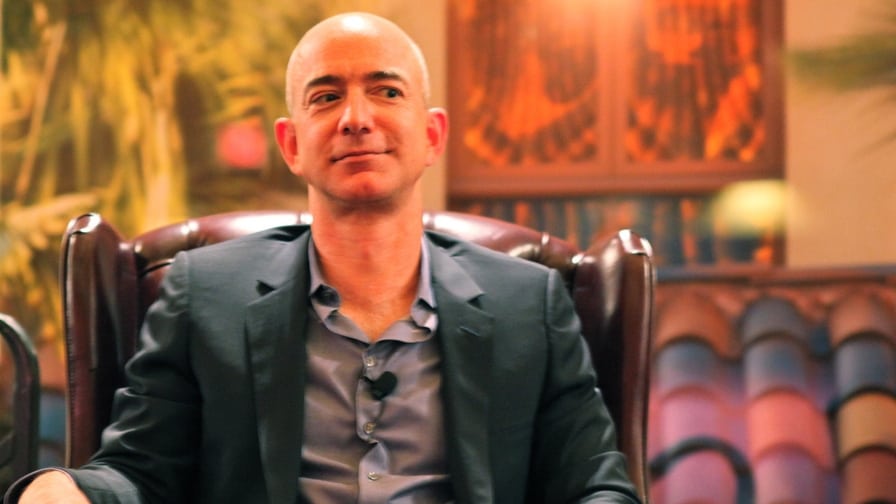In late August Amazon announced a major overhaul of its affiliate programme, finally making it ‘mobile friendly’.
This update of policies and tools includes the introduction of a Mobile Developer API to allow developers to leverage the growing number of online shoppers making purchases anywhere but at their desktops. With these latest updates, all signs indicate that the king of e-commerce is going ‘all in’ in the game of mobile commerce.
Here are some ways in which developers and affiliates alike are uniquely poised to benefit from the updates to the associates programme.
Earn Commissions from Mobile Traffic
First is the fact that affiliates in the associates programme are now able to earn commissions by driving mobile traffic to the Amazon storefront. To put this in perspective and grasp the potential scale of this change this in perspective, keep in mind that over 22% of Amazon’s US traffic is mobile-only.
For referrers in the associates programme, this new advertising channel presents a fantastic earnings opportunity. By serving users relevant, affiliated content from ‘responsive’ or mobile web sites, affiliates now have an additional (and extremely lucrative) avenue through which they can earn affiliate commissions.
Earn Commissions From Inside Apps
Previously, developers could earn money in one of three ways: selling their app, using the ‘freemium’ model and relying on in-app purchases, or through serving ads. With the new Mobile Associates API, developers have an additional way to monetise their apps and games – by initiating the sale of digital or physical products from inside their app and earning affiliate commissions from the results.
This can be done multiple ways, including sending the user out of the app to specific products inside Amazon.com, to purchase or having the whole process happen inside the developer’s app. Imagine the developer of a photo app can offer budding photographers the ability to purchase camera gear or editing software from Amazon.com all from within the app.
The Mobile Associates API also leads to the concept of bundling virtual goods together with physical goods to give users a more integrated shopping experience. We think this ‘digital bundling’ is a brilliant engagement tactic and think app users are far more likely to spend money on virtual goods, inside apps, when they receive something tangible in return (or vice versa). For example, game developers can incorporate physical products from the Amazon store into various levels of the game. A player purchasing a physical item would then unlock the digital equivalent in the game.
Whether the end result is creating a well-rounded and complete user / shopping experience, or incentivising gamers; the addition of the API is a brilliant way to give developers more freedom to creatively monetise their products, engage audiences, and help Amazon stay on top of the mobile retail world.
Downsides
These improvements are arguably Amazon’s biggest endorsement of mobile commerce to date; and encouraging signs for developers and affiliates working within Amazon’s ecosystem. There remain however, some challenges within the system. Below, we explore two:
First, for now, the changes in policy around honoring referrals from mobile devices and the addition of the Mobile Associates API is only available for Amazon.com. While it’s likely that Amazon will expand the new API and policy changes to its international storefronts, for now it remains a roadblock as very rarely do websites or apps not serve an international audience.
Additionally, with selling to (and affiliating) a global audience, comes geo-fragmentation, an issue that plagues developers and affiliates, regardless of the app store or affiliate programme.
Let’s look at an example Amazon used in its press release – using the Mobile Associates API from inside the Android game, Ticket to Ride, to purchase the board game. In order to serve an international audience that loves this game, the app developers, Days of Wonder, would need to create a series of different links to send international users to their local Amazon storefront (to avoid issues like slow shipping times, unnecessary taxes, and purchasing in a local language and currency). Further complicating things, the ASIN, Amazon’s unique identifier, is different for the same product in the different Amazon storefronts around the world.
Conclusion
The major changes in Amazon’s stance on mobile, with regards to their affiliate programme, presents an incredible opportunity for affiliates and developers to leverage the mobile ecosystem. However, it’s important to understand there are still some major limitations of the system that will hopefully improve in the near future.
At GeoRiot we provide international affiliate solutions for two of the largest affiliate programmes in the world: Apple’s iTunes/App Store Affiliate Programme and Amazon’s Associates Programme.
The GeoRiot platform helps app developers, ad networks, music labels and internet marketers, use a single universally compatible affiliate link to promote physical and digital products for sale within Amazon and Apple’s e-commerce ecosystems. GeoRiot ensures your users are sent to the right product, in the right store, while maximising your affiliate earnings.

